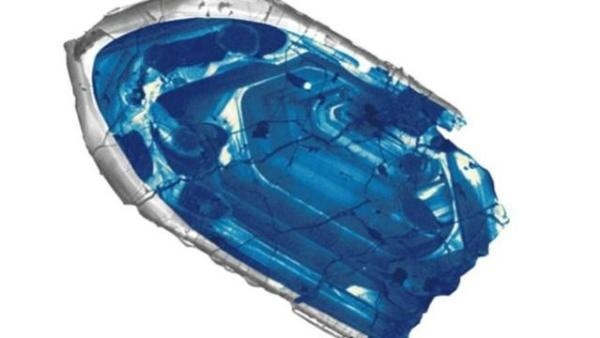The Earth had an atmosphere at least 800 million years after the Earth initially formed. The atmosphere contained no oxygen, no ozone, but it did contain sulfur compounds. These are the conclusions of a new study conducted by Emilie Thomassot from the Université de Lorraine in France and colleagues from Canada that was presented in the edition of the journal Proceedings of the National Academy of Sciences.
The researchers examined the composition of sedimentary rocks found in the Nuvvuagittuq Greenstone Belt in Nunavik, Quebec near Hudson Bay, Canada. The rocks are known to be older than 3.8 billion years of age. The researchers used a relatively new technique called mass-independent fractionation to elucidate the sulfur content of the rocks. Mass-independent fractionation produces a very exacting measure of the isotope composition of inorganic matter.
The sulfur composition of the rocks at Nuvvuagittuq indicates that there was no ozone present in the Earth’s atmosphere 800 million years ago. The technique used accounts for the relative concentration of isotopes that would be formed by the action of ultraviolet light on sulfur. The isotopic composition indicates there was no oxygen or ozone present in the early atmosphere of Earth.
Oxygen did exist on Earth at that time in the form of water. The researchers conclude that the atmosphere on Earth at the time was the result of volcanic eruptions that spewed both sulfur and water vapor into the atmosphere. The high temperatures of the volcanic explosions produced sulfur dioxide. The research agrees with similar findings from Africa and Australia but it is the oldest known evidence of the Earth’s early atmospheric composition.















